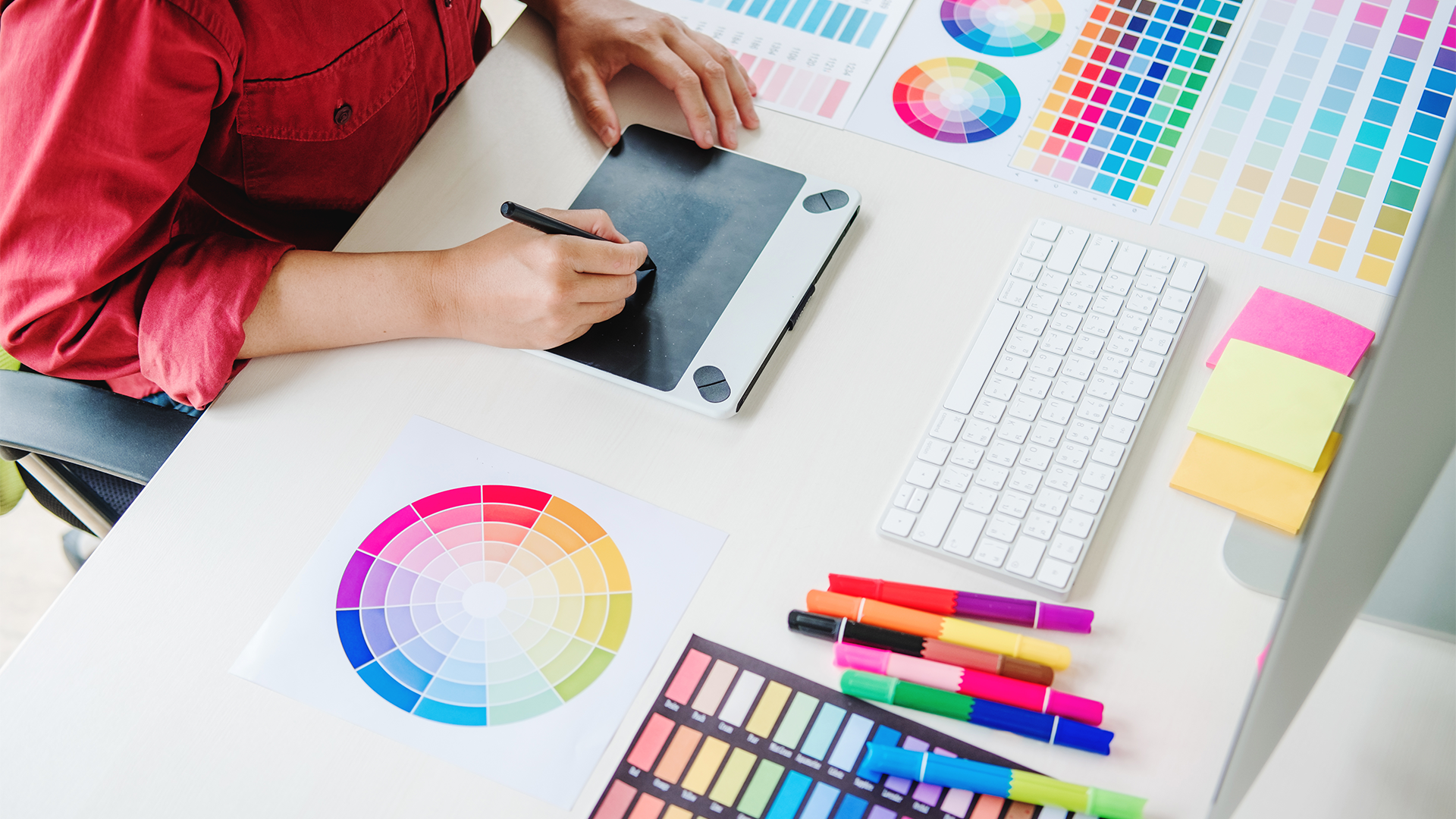Graphic design is an art form that combines creativity with technology to communicate ideas visually. It’s a field that’s constantly evolving, with new trends and tools emerging all the time. For beginners, diving into graphic design can seem overwhelming, but mastering the fundamentals can provide a solid foundation for a successful career. This article will guide you through the basics of graphic design, from understanding core principles to choosing the right software.
Understanding the Elements of Design
The elements of design are the building blocks of all visual creations. They include:
– Line: The most basic element, used to define shapes, create divisions, and imply movement.
– Shape: Geometric (squares, circles) or organic (free-form or natural shapes), used to create a sense of space.
– Color: Vital for setting the mood and attracting attention. Understanding color theory is crucial.
– Texture: Adds depth and interest to a design, making it feel more dynamic.
– Space: The area around design elements; can be used to separate or group information.
The Principles of Design
Principles of design are the rules that govern how elements are combined. They include:
– Balance: The distribution of visual weight in a design.
– Contrast: Using opposing elements to highlight differences.
– Emphasis: Creating a focal point in the design.
– Movement: Directing the viewer’s eye through the design.
– Repetition: Using the same or similar elements throughout the design to create unity.
– Proportion: The size relationship between elements in a design.
Choosing the Right Software
Graphic design software is a designer’s main tool. Here are some popular options:
– Adobe Photoshop: Ideal for photo editing and complex raster graphics.
– Adobe Illustrator: Perfect for creating vector graphics like logos and icons.
– Sketch: A vector-based tool favored for UI/UX design.
– Inkscape: A free, open-source vector graphics editor.
Building a Portfolio
A strong portfolio showcases your best work and demonstrates your skills. Include a variety of projects that show your versatility and ability to solve design problems.
Continuous Learning
Graphic design is a field where learning never stops. Stay updated with the latest trends, tools, and techniques. Online resources, tutorials, and courses can help you keep your skills sharp.
Conclusion
Mastering the fundamentals of graphic design sets the stage for a rewarding creative journey. By understanding the elements and principles of design, choosing the right software, and committing to continuous learning, you can build a strong foundation for your career in graphic design.

Leave a Reply